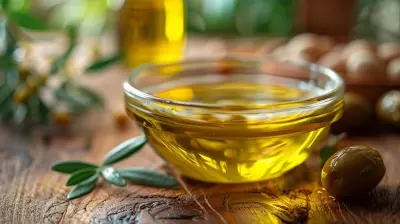Crafting Your Own Essential Oil Blends for Personal Use
2 July 2025
Essential oils have been used for centuries to promote relaxation, boost mood, and support overall well-being. But did you know that you can create your very own personalized blends tailored to your unique needs? Instead of buying pre-made mixes, crafting your own essential oil blends lets you control the ingredients, strength, and aroma—plus, it’s a fun and creative process!
In this guide, we’ll walk you through everything you need to know to start mixing your own essential oil blends at home. 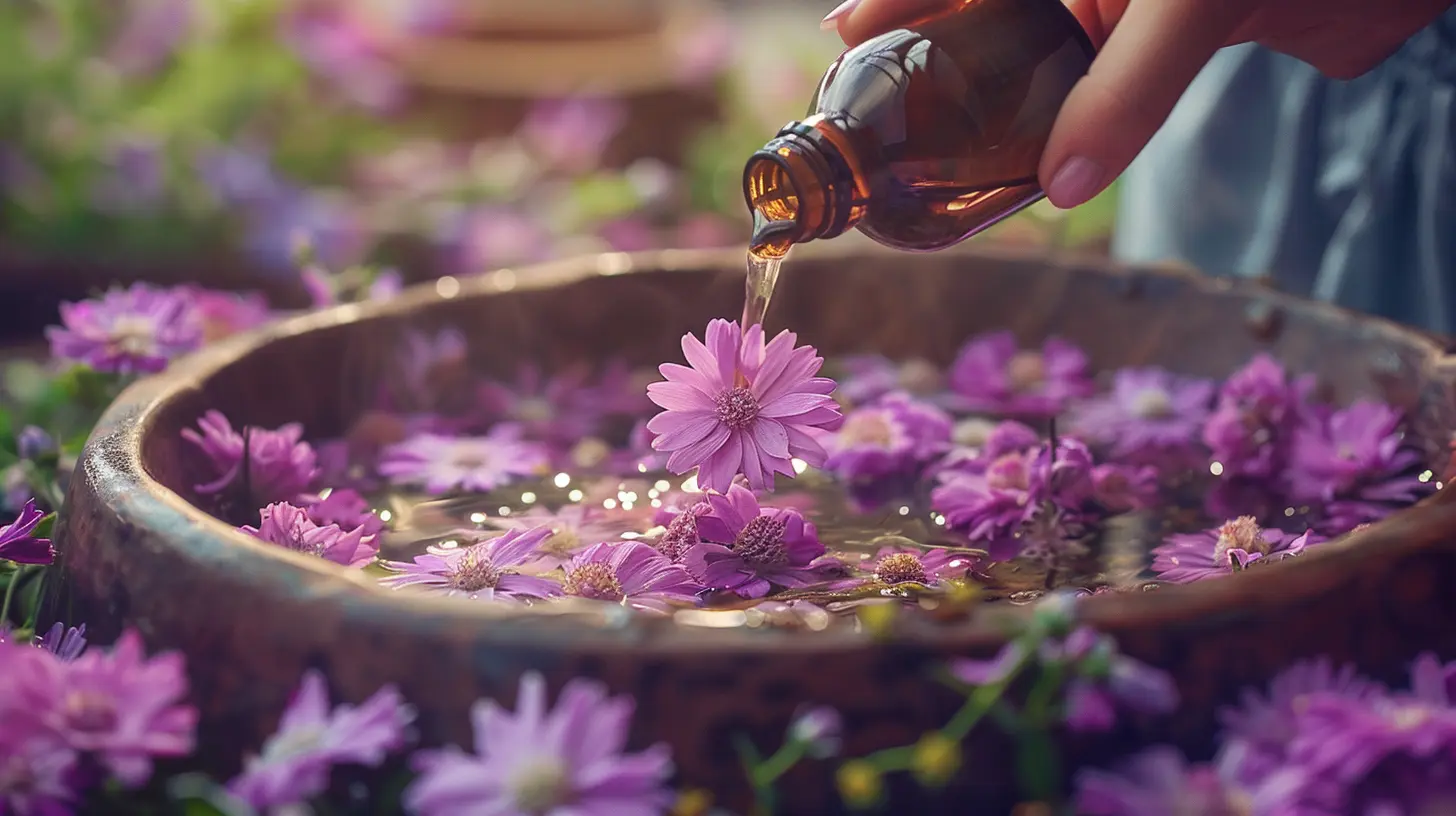
Why Make Your Own Essential Oil Blends?
Sure, there are plenty of ready-made essential oil blends available, but making your own has several advantages:✅ Customization: You can mix oils that suit your personal preferences and needs.
✅ Purity Control: No hidden additives or artificial fragrances—just pure essential oils.
✅ Cost-Effective: Buying a few key oils and blending them yourself can be cheaper in the long run.
✅ Fun and Therapeutic: The process of blending and experimenting can be a soothing ritual in itself.
Creating your own essential oil blends allows you to enjoy aromatherapy in a way that resonates with your specific desires, whether it's relaxation, focus, or an energy boost. 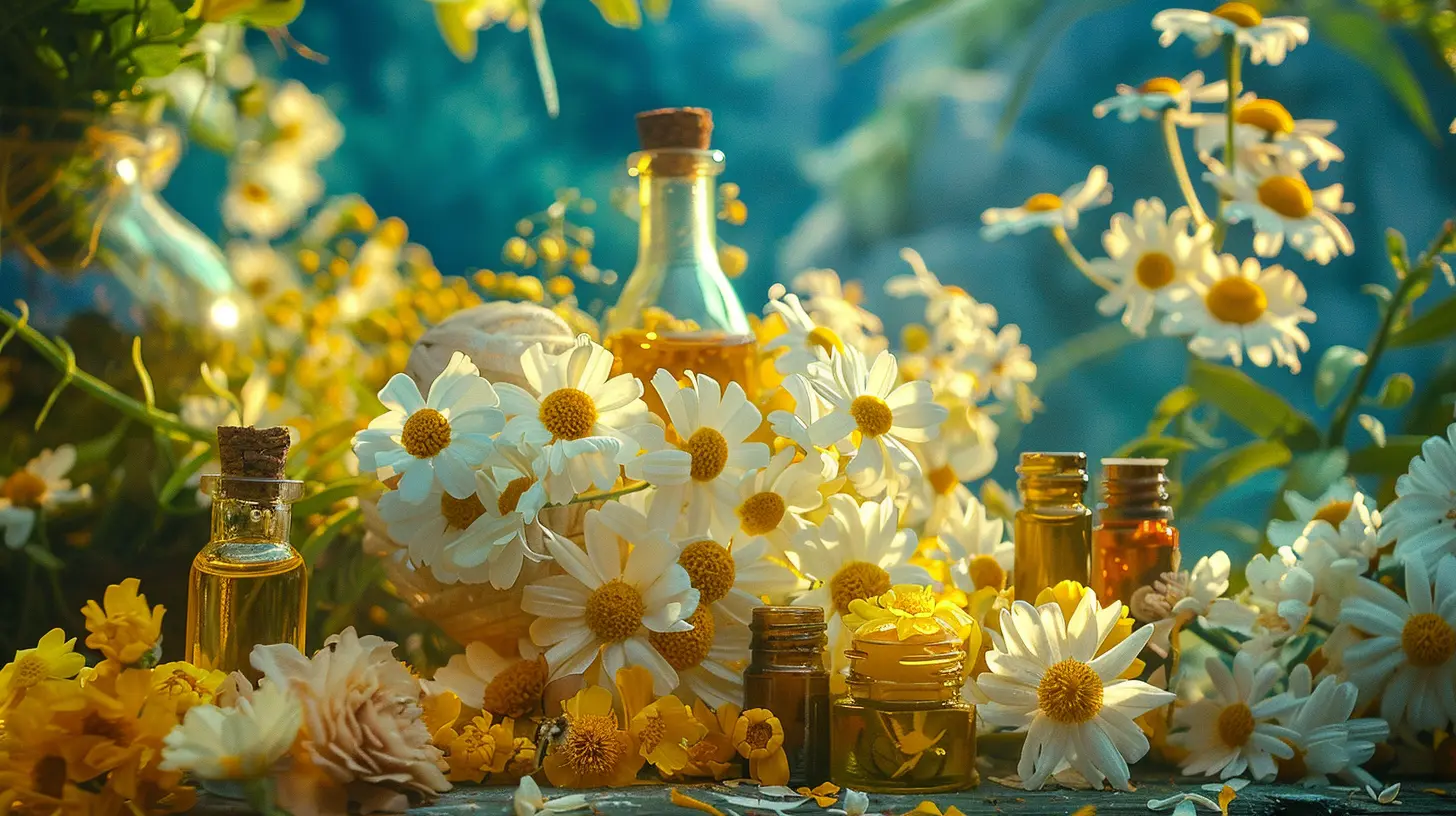
Understanding Essential Oil Notes
If you’ve ever wondered why some scents linger longer than others, it all comes down to fragrance notes—just like in perfumes. Essential oils are categorized into three types of scent notes:1. Top Notes (Fast Evaporating)
These are the first scents you notice in a blend. They are light, fresh, and uplifting, but they fade quickly.Examples: Lemon, Eucalyptus, Peppermint, Bergamot
2. Middle Notes (Balancing Scents)
These oils create the core of your blend. They help bind the top and base notes together.Examples: Lavender, Geranium, Chamomile, Rosemary
3. Base Notes (Long-Lasting)
These are the deep, grounding scents that linger the longest. They provide depth and richness to your blend.Examples: Sandalwood, Patchouli, Cedarwood, Vanilla
A well-balanced essential oil blend usually contains a mix of these notes to create a harmonious and lasting aroma. 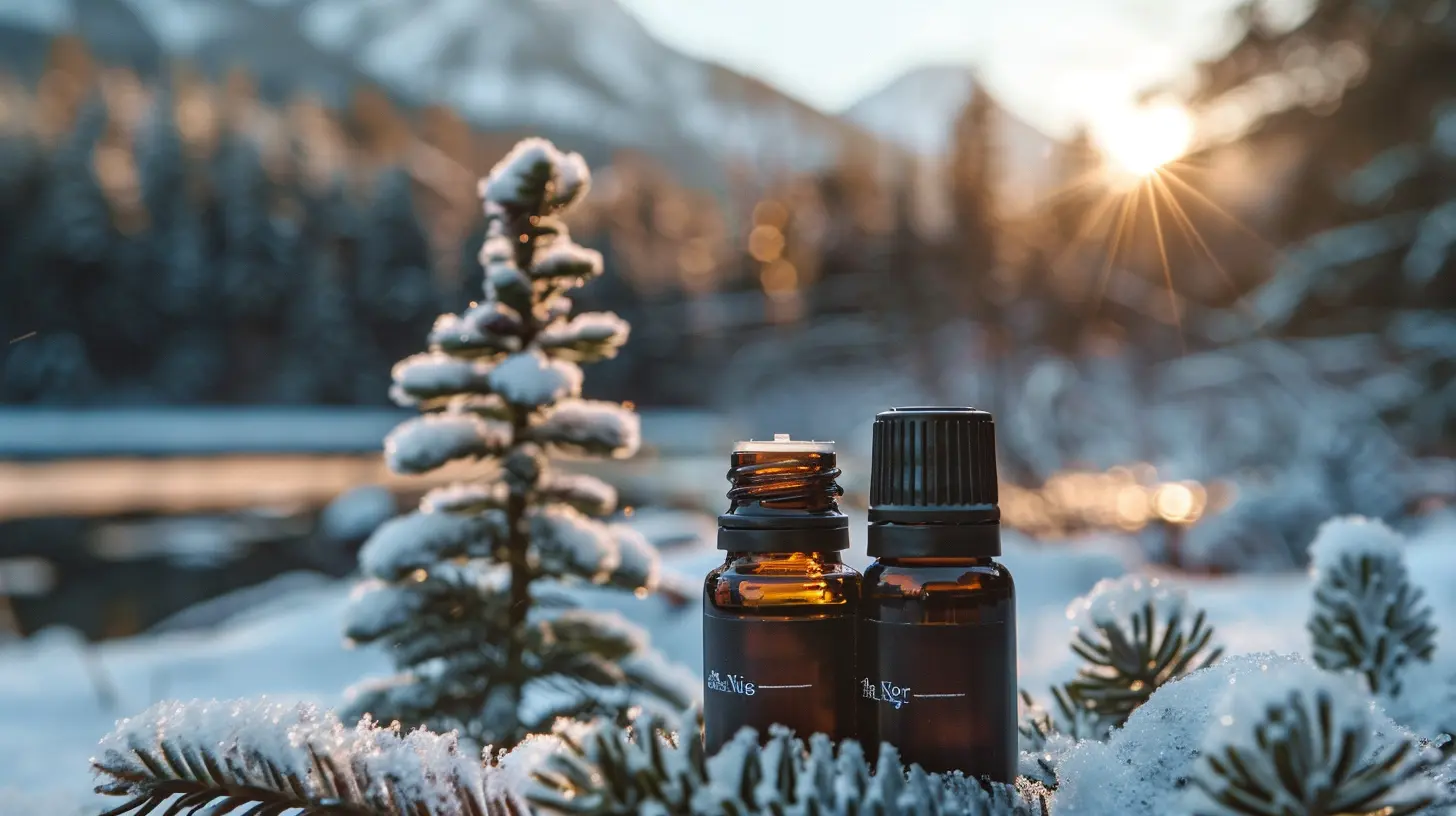
Essential Oil Blending Basics
Before you start mixing, there are a few important blending principles to keep in mind.1. The Rule of 30-50-20
A tried-and-true method for an aromatic balance is:- 30% Top Notes (light, fresh, uplifting scents)
- 50% Middle Notes (harmonizing scents)
- 20% Base Notes (deep, long-lasting scents)
For example, if you’re making a 10-drop blend, you might use:
- 3 drops of Lemon (top)
- 5 drops of Lavender (middle)
- 2 drops of Sandalwood (base)
This ensures a well-rounded scent that evolves beautifully over time.
2. Dilution is Key
Essential oils are highly concentrated, so they should always be diluted in a carrier oil before applying to the skin.Recommended Dilution Ratios for Topical Use:
- 1% (gentle use) = 1 drop per teaspoon of carrier oil
- 2% (moderate use) = 2 drops per teaspoon
- 3-5% (stronger applications) = 3-5 drops per teaspoon
Common carrier oils include jojoba, coconut, sweet almond, and grapeseed oil.
3. Patch Test Before Use
Never skip a patch test! Apply a small amount of your diluted blend to a small patch of skin and wait 24 hours to ensure no reaction.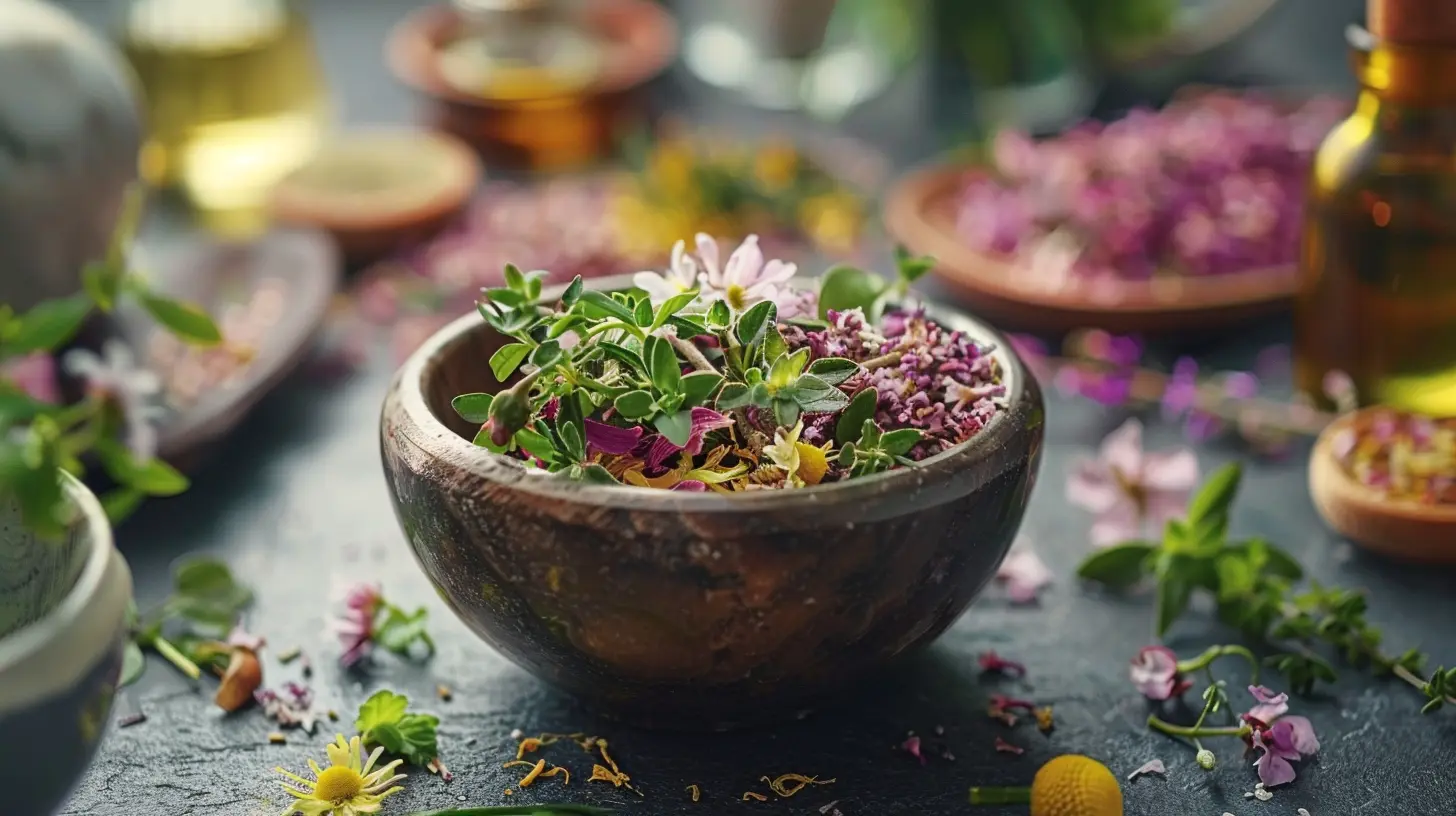
DIY Essential Oil Blends for Different Moods
Now for the fun part—creating your own blends! Here are a few simple but effective recipes to get you started:🌿 Relaxation Blend (Calming & De-Stressing)
Perfect for unwinding after a long day.- 4 drops Lavender
- 3 drops Roman Chamomile
- 3 drops Sandalwood
😴 Sleepy Time Blend (Promotes Restful Sleep)
Helps you drift off peacefully.- 5 drops Lavender
- 3 drops Cedarwood
- 2 drops Frankincense
☀️ Happy & Uplifted Blend (Boosts Mood)
Great for mornings or anytime you need a mood boost.- 4 drops Orange
- 3 drops Bergamot
- 3 drops Ylang Ylang
💪 Energy Boost Blend (Enhances Focus & Productivity)
Perfect for work or study sessions.- 5 drops Peppermint
- 3 drops Lemon
- 2 drops Rosemary
🧘 Grounding & Meditation Blend (Promotes Mindfulness)
Ideal for yoga, meditation, or deep relaxation.- 5 drops Sandalwood
- 3 drops Frankincense
- 2 drops Myrrh
Simply mix the oils together in a dark glass bottle, shake well, and inhale or use in a diffuser.
How to Store Your Essential Oil Blends
To keep your custom blends fresh and effective, follow these storage tips:- Use Dark Glass Bottles: Essential oils are sensitive to light, so store your blends in amber or cobalt glass bottles.
- Keep Away from Heat: Store in a cool, dark place to prevent degradation.
- Label Your Blends: Write down the ingredients and date to keep track of your creations.
- Shelf Life: Most essential oil blends last 6-12 months, but check individual oil shelf lives for accuracy.
Safety Tips for Using Essential Oils
While essential oils are natural, they are also powerful and should be used with care. Here are a few essential safety precautions:✅ Always Dilute: Never apply essential oils undiluted to the skin.
✅ Avoid Sensitive Areas: Keep oils away from the eyes, ears, and mucous membranes.
✅ Pregnancy & Medical Conditions: Consult a healthcare professional before using essential oils if you are pregnant, nursing, or have a medical condition.
✅ Kid & Pet Safety: Some oils can be harmful to children and pets—research before using.
Final Thoughts
Creating your own essential oil blends is both an art and a science. By understanding fragrance notes, blending principles, and proper usage, you can craft personalized aromatherapy experiences that cater to your needs. Whether you want to relax, energize, or find balance, the perfect blend is just a few drops away.So, why not start experimenting today? Grab your favorite oils, a blending bottle, and let your creativity flow!
all images in this post were generated using AI tools
Category:
AromatherapyAuthor:

Sophia Wyatt
Discussion
rate this article
1 comments
Reece Howard
Unlock the ancient secrets of nature with your custom essential oil blends. What mysteries will you discover in each drop? Embrace the art of creation and let your senses guide the journey.
July 8, 2025 at 4:04 PM

Sophia Wyatt
Thank you for your inspiring words! Each blend truly offers a unique journey, revealing nature's wisdom one drop at a time. Happy crafting!
